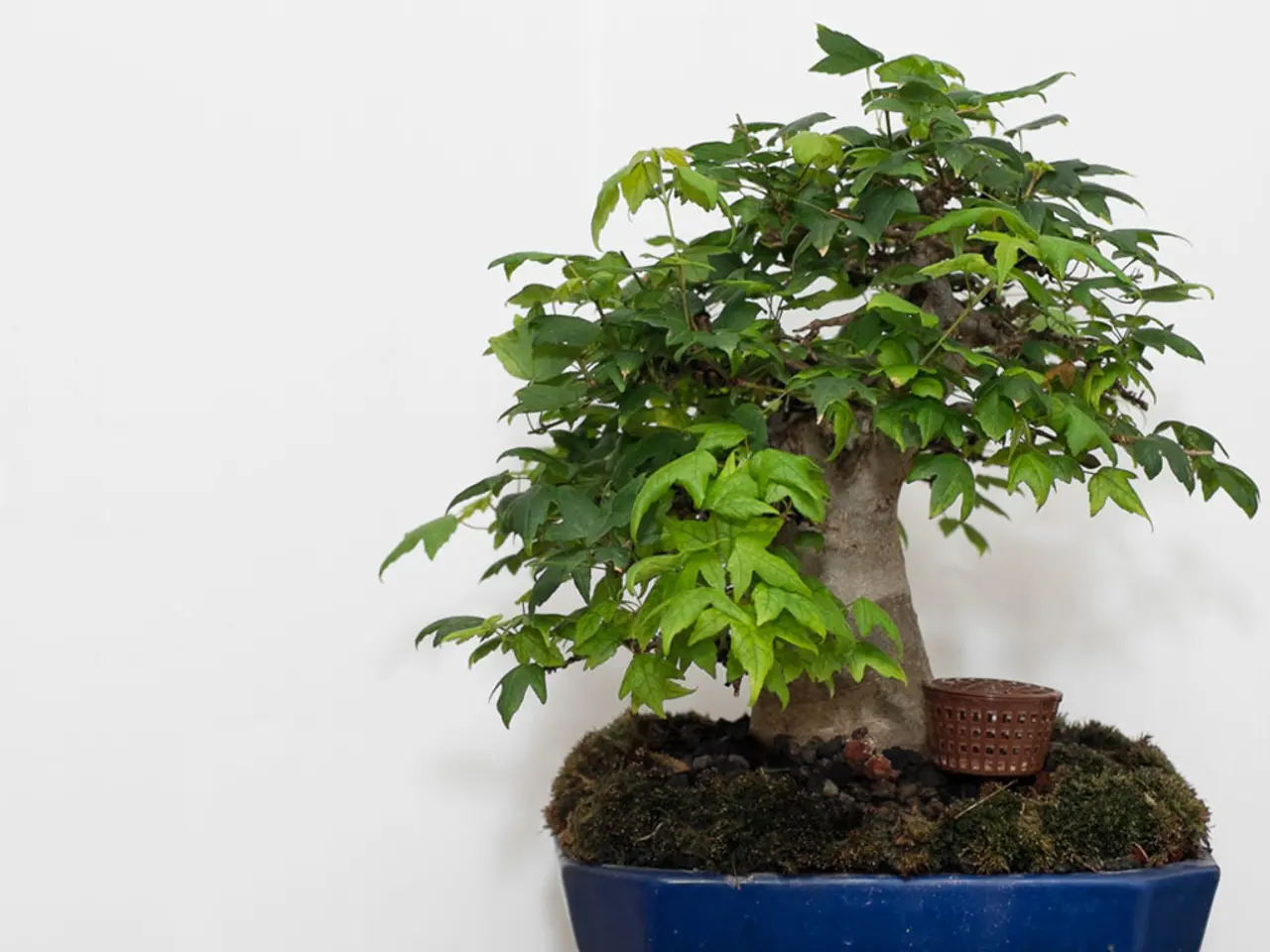Nurturing Bonsai Roots: Achieving Ideal Growing Conditions for Bonsai Propagation
In the captivating world of bonsai, the journey to successful propagation is a dynamic, ever-unfolding process that requires a delicate balance of art and science. By understanding the unique rooting requirements of different species and mastering the nuances of humidity, light, and temperature, bonsai enthusiasts can conjure an ideal rooting environment, where cuttings thrive and reach their full potential.
The ideal light exposure for bonsai cutting propagation is a balance between sufficient light for photosynthesis and preventing scorching or drying out of the cutting. Aim for 12-14 hours of indirect light per day, gradually increasing light exposure as the roots take hold. Adapt to seasonal changes in natural light patterns, reducing light exposure during winter months and increasing it during spring and summer. Provide shading materials or sheer curtains to filter intense direct sunlight, ensuring a gentle, nurturing environment for the cutting.
Bonsai enthusiasts can create humid microclimates for root development using alternative methods like cloche covers, plastic bottles, propagation trays, and DIY mini-greenhouses. Maintaining ideal humidity levels between 60-80% is essential for successful bonsai cutting propagation. Daily humidity checks are a must to keep the environment optimal for the cutting.
The boundaries between art and science blur as the patient cultivator orchestrates a symphony of growth, harmonizing the intricate ballet of nature during bonsai cutting propagation. In a greenhouse, a rare, century-old juniper's fragile cutting can be coaxed into new life, with its delicate roots unfurling like tender fingers, grasping for sustenance.
It's crucial to strike a balance between providing sufficient light for photosynthesis and preventing scorching or drying out of the cutting. Over-fertilization can hinder root development in bonsai cuttings. Fertilizing bonsai cuttings during rooting should be done sparingly, using a balanced, water-soluble fertilizer at 1/4 strength every 1-2 weeks.
The timeframe for root development on a bonsai cutting varies, typically ranging from 2-6 months, depending on species, cutting quality, and environmental conditions. Some species may potentially take up to a year or more. By mastering these elements, bonsai enthusiasts can cultivate a thriving miniature ecosystem, where each cutting becomes a testament to their skill and patience.
One important aspect to consider is that different bonsai species have unique rooting requirements, influenced by their native habitats and growth characteristics. Understanding these differences is key to creating the perfect environment for each species.
Whether you're a seasoned bonsai enthusiast or just starting your journey, the art of bonsai cutting propagation offers a world of possibilities for growth and creativity. Embrace the challenge, stay attuned to the subtle rhythms of your miniature ecosystem, and enjoy the ever-unfolding process of nurturing new life.
Read also:
- Peptide YY (PYY): Exploring its Role in Appetite Suppression, Intestinal Health, and Cognitive Links
- Toddler Health: Rotavirus Signs, Origins, and Potential Complications
- Digestive issues and heart discomfort: Root causes and associated health conditions
- House Infernos: Deadly Hazards Surpassing the Flames








